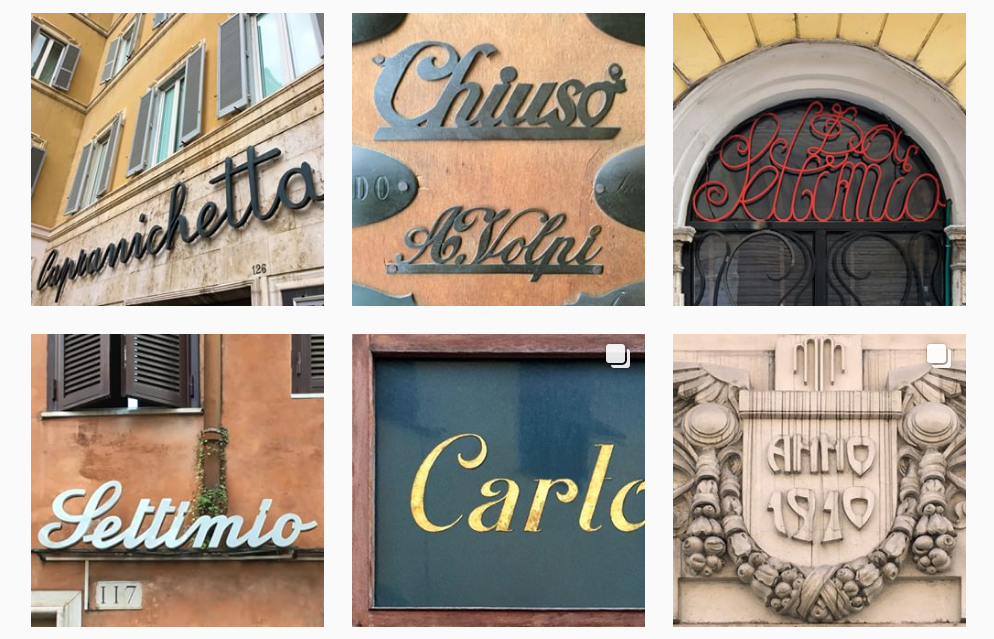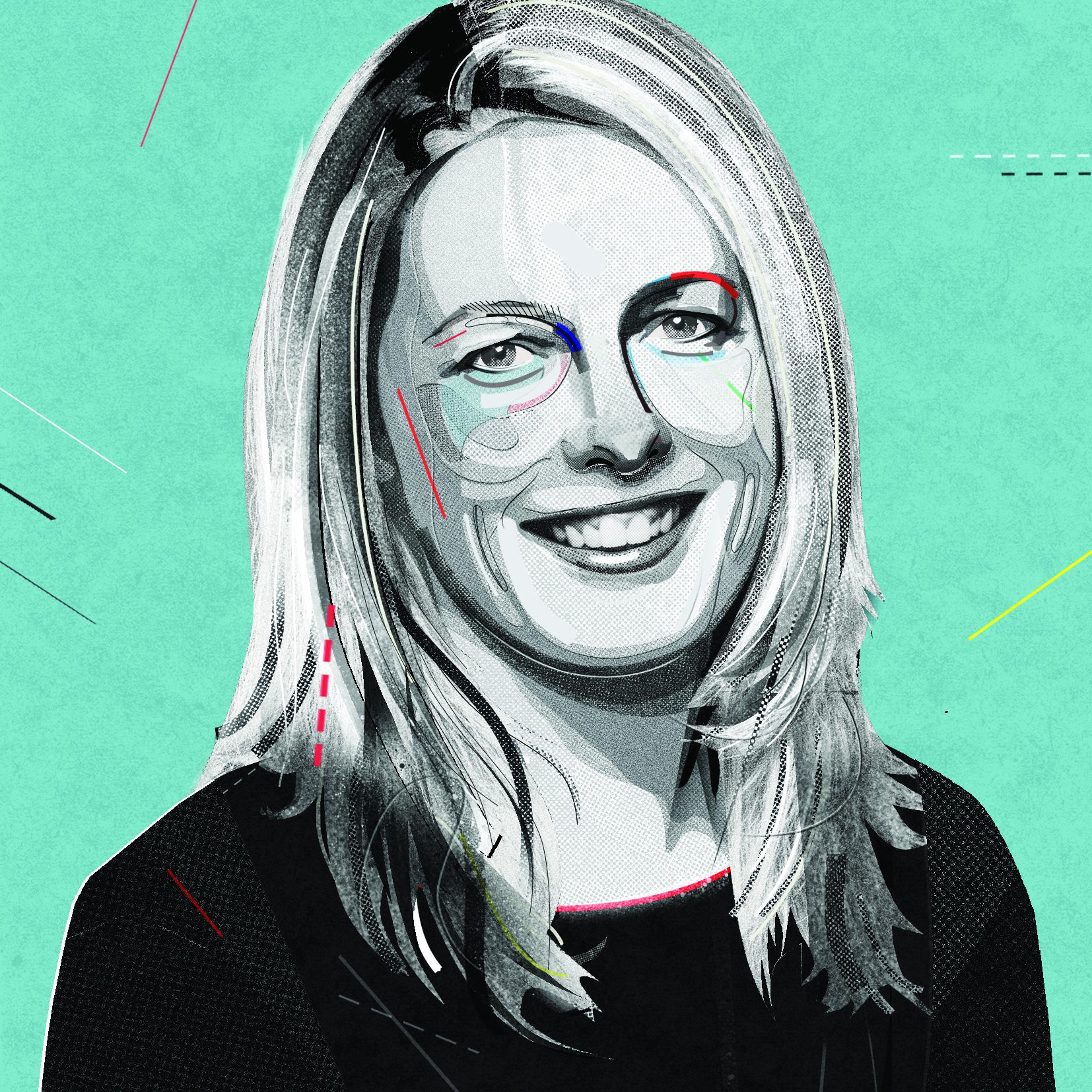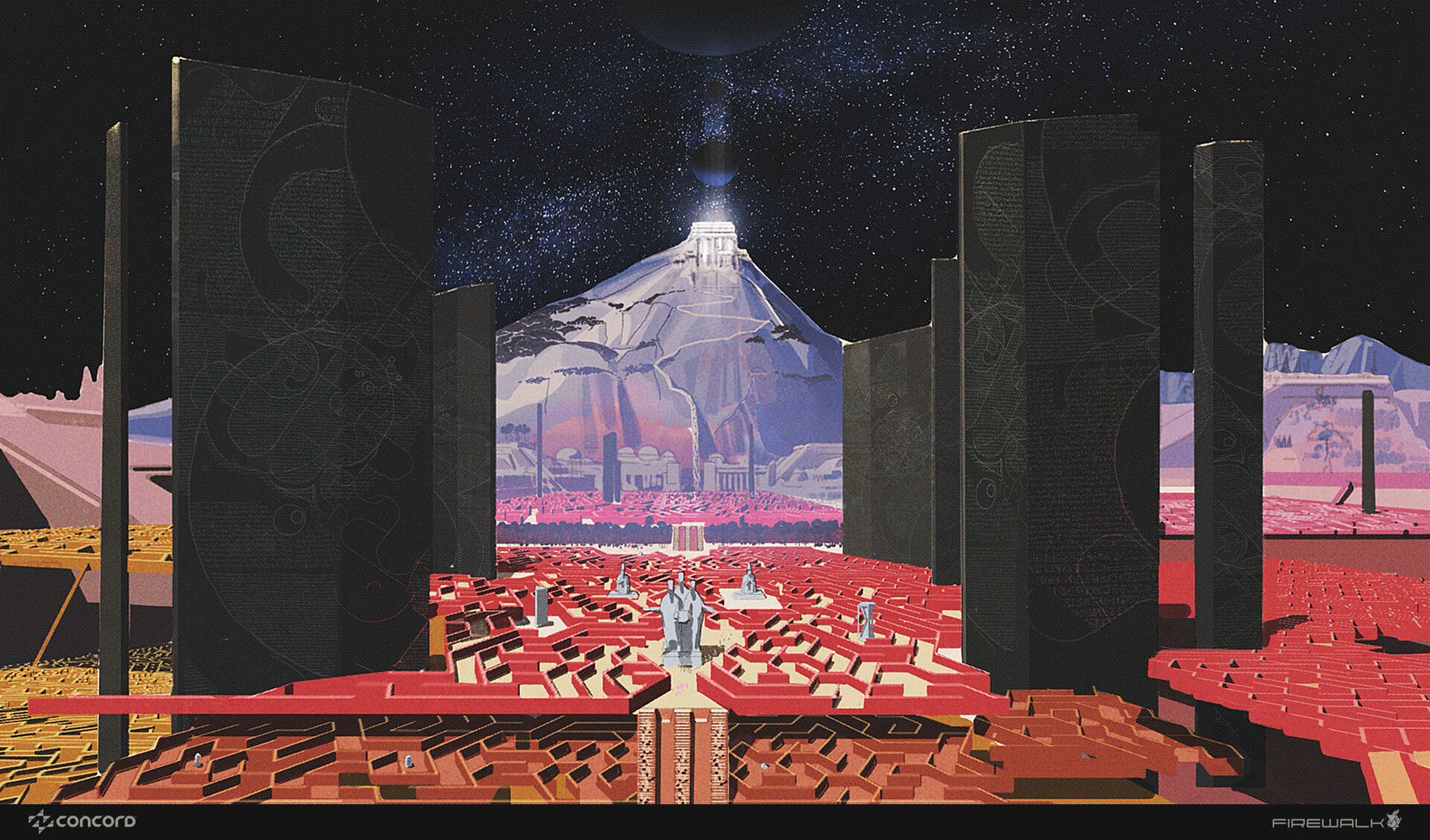Designers reveal the most unusual ways of finding work
Sometimes opportunities can arise in unexpected places.
If you want to get ahead in design, you need to think outside the box when you're looking for work. Sure, you won't get anywhere without a solid design portfolio and a decent CV, but sometimes you have to take a risk and make a grab for an unexpected opportunity; it might just get you noticed by the right people.
We asked some designers about the most creative or unusual ways in which they'd found work. Here's what they had to say.
01. Instagram followers

Art director Louise Fili reveals, "As a designer of restaurant identities, I had long been following the trajectory of Jody Williams, a celebrated chef who made a name for herself in New York restaurants including Il Buco, Morandi and Buvette. I was pleasantly surprised when I returned from Rome to find an email from her – she was opening a new restaurant called Via Carota and wanted to talk about the graphics.
"When we met, I discovered how she had found me: she had been following me on Instagram (where I post Italian signs almost exclusively), and then Googled me to find that as a day job I happen to be a graphic designer for restaurants!"
For more on this, take a look at our article on how to make money on Instagram as a creative, or for Insta-inspiration, check out our list of the graphic designers you should be following.
02. Hidden art
"I sometimes leave little original artworks out in the city or at events for people to find and keep," says illustrator and graphic designer Stina Jones. "I pop my business card on the back for the recipient and also post clues on my social media feeds so anyone who already follows my work can find them if they're in the area.
"From time to time the pieces (and my tweets about them) get picked up by someone unfamiliar with my work who has then gone on to either buy something from my store or contact me about a project."
03. From coffee to books
Coffee proved to be a great way for illustrator Dylan Gibson to get noticed. "It started with an artwork of the deli where I buy coffee to help me start the day," he says. "I gave the deli a copy for their wall. The owner of a nearby toy shop saw it and commissioned me to do a shop front for her in a picture book style. I posted that on LinkedIn, and a publisher saw it and gave me two picture books to illustrate. The work from those two books is still getting me work today."
04. Experimental artwork
Artist and designer Ari Weinkle dabbles in experimental design in his spare time. "A great way to attract new clients is to create personal work that's weird and experimental," he says. "For example, I've created several rather strange typographic experiments – one based on varicose veins, another on animal appendages. Both led to exciting projects from medical illustrations to features in films."
05. Cupcake design
"When I was first starting out as a designer, I made a die-cut stencil of the logo of an agency I'd always wanted to work for so that I could create branded icing tops for some cupcakes I'd made," reveals creative director and designer, Luke Finch.
"I then delivered them personally to the studio with a quirky illustrative note to the owner saying "The more you weigh, the harder you'll be to kidnap – stay safe, eat cake." The URL I put on there (Lets-Have-A-Luke) was a new one I'd bought that redirected to my WeLoveNoise portfolio."
06. Your own 'weaknesses'

"I think when approaching interesting ways to get people involved and interested in your work, it's really important that you embrace your own work and what it is," says illustrator Michael Driver. "There was a really nice project a few years back by Sam Part – a Kingston design student who played on the fact he was dyslexic by making lollipop casts of his own head that acted as business cards.
"The lollipops came with a tag that said 'I'm a lickable guy'. His tagline was about making his weaknesses his strengths, and I think that the project was brilliant and rang true to him." Read more about the project here.
From the archive. This article was originally published in 2016 in Computer Arts magazine. Subscribe here.
Read more:

Thank you for reading 5 articles this month* Join now for unlimited access
Enjoy your first month for just £1 / $1 / €1
*Read 5 free articles per month without a subscription

Join now for unlimited access
Try first month for just £1 / $1 / €1
Get the Creative Bloq Newsletter
Daily design news, reviews, how-tos and more, as picked by the editors.

Julia is editor-in-chief, retail at Future Ltd, where she works in e-commerce across a number of consumer lifestyle brands. A former editor of design website Creative Bloq, she’s also worked on a variety of print titles, and was part of the team that launched consumer tech website TechRadar. She's been writing about art, design and technology for over 15 years.
